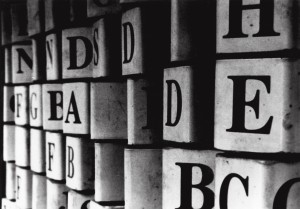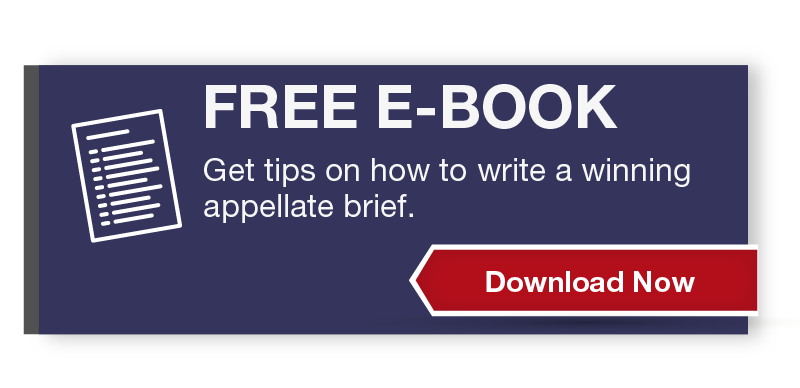 The Rules of the U.S. Supreme Court provide very specific guidelines for proper legal brief formatting. When the staff at Cockle Legal Briefs examines a brief for rule compliance, we focus on three main areas to confirm that the brief will meet the strict legal brief formatting requirements of the Court: necessary content, proper font and text field, and correct printing and binding.
The Rules of the U.S. Supreme Court provide very specific guidelines for proper legal brief formatting. When the staff at Cockle Legal Briefs examines a brief for rule compliance, we focus on three main areas to confirm that the brief will meet the strict legal brief formatting requirements of the Court: necessary content, proper font and text field, and correct printing and binding.
Legal Brief Formatting: Content
The required content of a Supreme Court filing depends on the type of document. Petitions are governed by Rule 14. The other petition-stage briefs will typically include at least some of the petition content mandated by that rule. Every petition must include:
- Questions Presented
- Opinions Below
- Jurisdictional Statement
- Constitutional/Statutory Provisions Involved
- Statement of the Case
- Argument
- Conclusion
Other elements—such as a Corporate Disclosure Statement—might be required depending on circumstances. Rule 14 also sets out the required content and sequence of documents to be included in the appendix to the petition.
Under Rule 24, a party’s merits brief must include the items listed above, but must also include a Summary of the Argument immediately preceding the Argument.
Rule 37 governs briefs filed by amici curiae. These briefs must include:
- Statement of Interest of Amicus Curiae
- Footnote 1 (the first footnote of the brief, appearing on the first page, that makes certain declarations about authorship, financing, and permissions)
- Summary of the Argument
- Argument
- Conclusion
The joint appendix is a document filed by the Petitioner at the merits stage, after consultation with the Respondent. The JA generally contains the relevant docket entries and documents from the record below, but Rule 26 establishes many particular requirements about the arrangement of these items.
Legal Brief Formatting: Font and Text Field
Rule 33.1 establishes the legal brief formatting requirements for a Supreme Court booklet. Subsection (b) mandates that the briefs and appendices “shall be typeset in a Century family 12-point type with 2-point or more leading between lines.” Footnotes can be 10-point.
Century is a common typeface font known for its exceptional readability. Our Cockle Style uses the New Century Schoolbook font. Leading (pronounced like the metal) is an old printing term. It refers to a time when a printer would insert strips of lead on the printing press between the lines of text for spacing.
Under Rule 33.1(c), the text of a Supreme Court document cannot exceed an area greater than 4 1/8 inches wide, and 7 1/8 inches tall. This includes footnotes, but page numbers can lie outside this area.
Legal Brief Formatting: Printing and Binding
Rule 33.1 establishes that the document must be trimmed to a 9 1/4 x 6 1/8 inch booklet. The cover should be printed onto 65 pound paper stock (paper thickness is measured in pounds). The inside pages must be 60 pound paper.
Every type of document is assigned a particular cover color. For example, Petitions are bound in white paper, Briefs In Opposition are orange, Petitioner’s Merits Briefs in light blue, and so on. Rule 33.1(g) includes a table that sets out the cover color and word limit for each type of document.
The booklet must be bound. The Court prefers saddle stitching or perfect binding. At Cockle, we bind using both methods, depending on the size of the document.
Of course, the Rules set out many more standards than can possibly be reviewed here. And a Supreme Court brief filer should strive to achieve a result that goes well beyond mere rule compliance. If you let Cockle do your legal brief formatting, you can be assured your brief will be accepted by the clerk, and our proofreading and analysis will help you submit a brief that meets your highest expectations.

